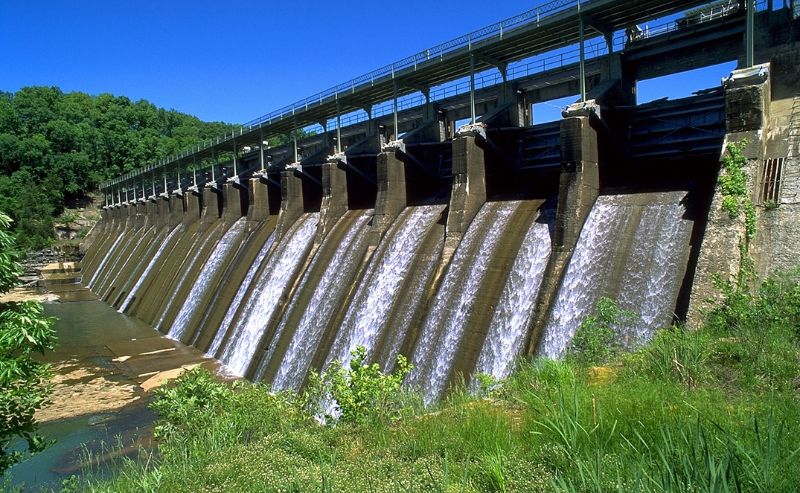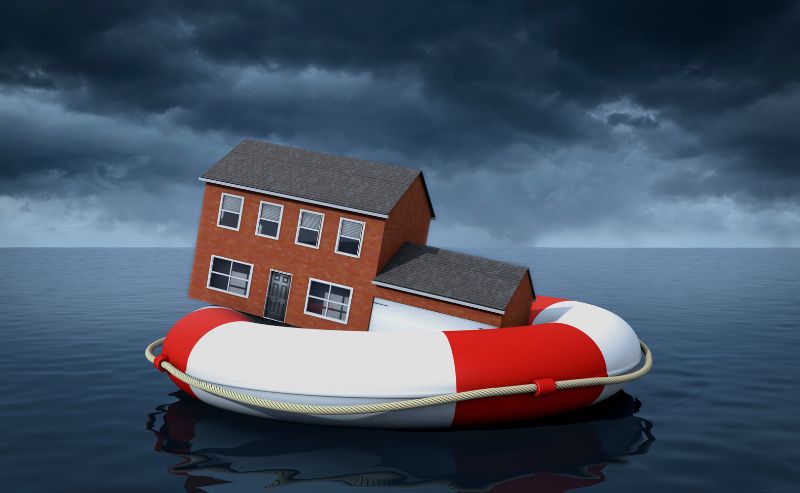If your community has a dam or is in close proximity to one, you are probably concerned about public safety and the risk of expensive property damage in case of failure. This is especially true if the dam is among the 15,600 now classified by the U.S. Army Corps of Engineers (USACE) as having “high-hazard potential” or HHP. HHP, by definition, means that dam failure could result in loss of life.
FEMA is committing more than $211 million in funding to enhance dam safety efforts nationwide through February 24, 2024. Of this funding, which is now application-ready at Grants.gov, roughly $185 million will come from the Rehabilitation of High Hazard Potential Dams program. Approximately $26 million will be made available through the National Dam Safety State Assistance Grant Program. The investments (funded by the Bipartisan Infrastructure Law) will help protect communities from flooding, avoid disaster costs, and strengthen resilience to climate change.
No dam is floodproof. As man-made structures, they will inevitably have an increased risk of failure over time. According to the Association of State Dam Safety Officials (ASDSO), such failures are most likely to happen for one of five reasons:
- Overtopping caused by water spilling over the top of the dam
- Foundation defects (these cause about 30% of all dam failures)
- Cracking caused by movements like the natural settling of the dam
- Inadequate maintenance and upkeep
- Piping, i.e., when seepage through a dam is not properly filtered, and soil particles continue to progress (forming sinkholes in the dam)
At BOLDplanning, a division of Agility, we encourage everyone involved in emergency management to learn more about the risks and implications of dam failures, particularly as they relate to flooding, and to plan accordingly.
As a best practice, request a copy of the dam owner/operator’s Emergency Action Plan (EAP); they’re required to have one. EAPs identify potential emergency conditions, include vital inundation maps, and specify pre-planned actions for the dam owners/operators to follow to reduce property damage and loss of life. Study the contents well and incorporate all findings into your state/local emergency operations plans, hazard mitigation plans, community development plans, etc. Also, review such programs regularly and make updates when needed.
Doing so will help ensure organizational preparedness and, just as important, help ease community concerns for dam safety in the years ahead.
BOLDplanning provides expert consultative services coupled with a powerful, cloud-based platform for developing emergency, continuity, and hazard mitigation plans. Let us give you the confidence and peace of mind in knowing your community or organization is ready for any critical event. Contact us today at 615.469.5558 or info@BOLDplanning for a no-obligation discussion of your preparedness planning needs.






